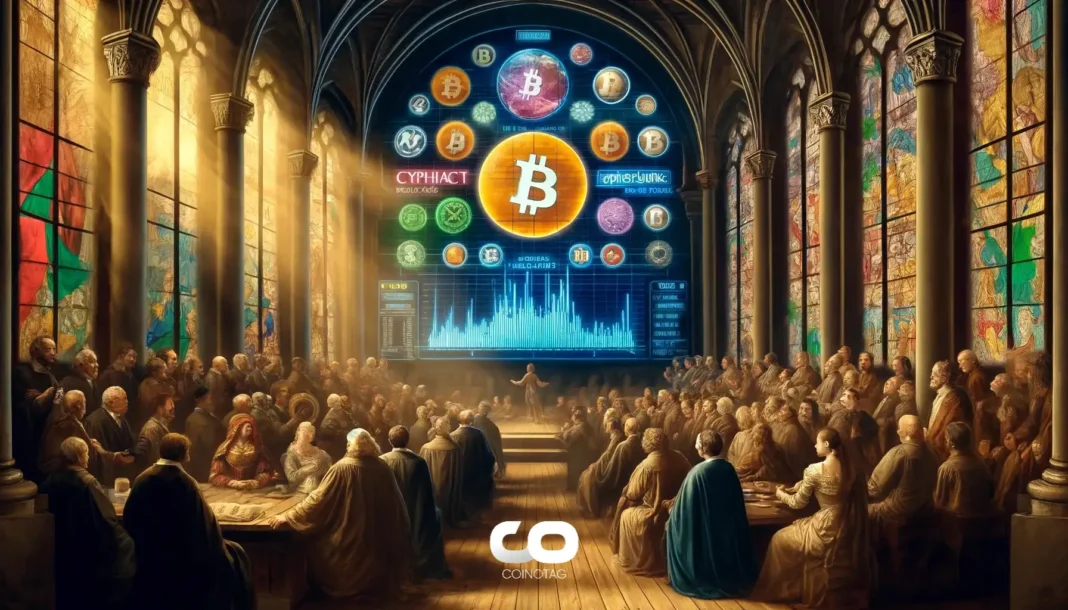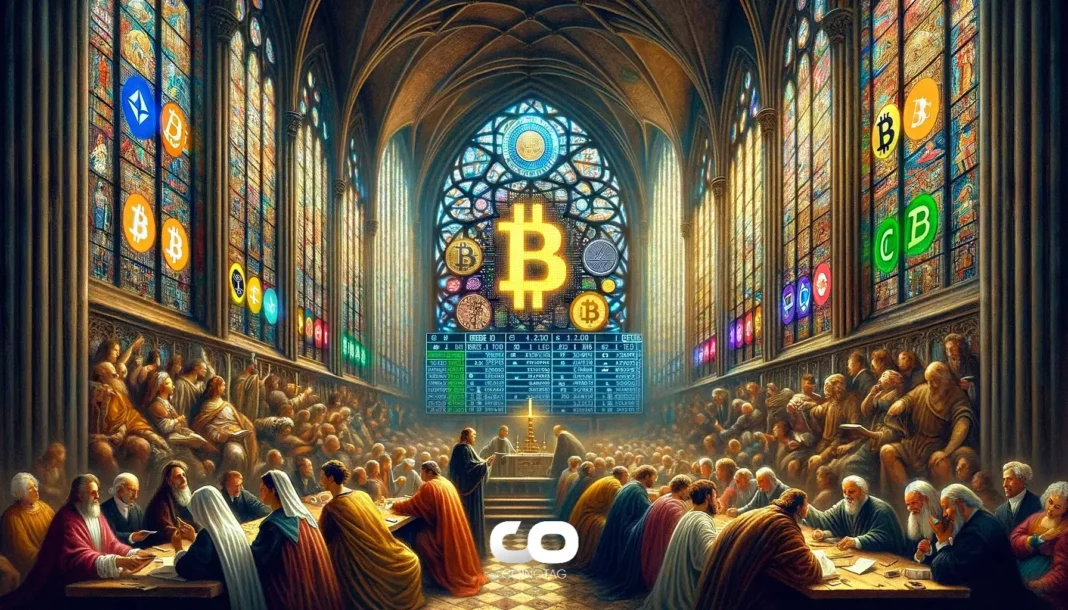-
Solana’s new mobile-first developer toolkit revolutionizes how blockchain apps are built, enabling rapid creation of cross-platform mobile DApps with integrated wallet support and onchain functionality.
-
By leveraging React Native and deep-link wallet connections, developers can now bypass complex back-end infrastructure, streamlining the development process for iOS and Android simultaneously.
-
According to COINOTAG, “Solana Mobile App Kit’s open-source tools empower developers to deploy fully functional decentralized apps in under 15 minutes, marking a significant leap in Web3 mobile innovation.”
Discover how Solana’s mobile-first toolkit enables developers to build fast, secure, and scalable cross-platform blockchain apps with wallet integration and onchain features.
Solana Mobile App Kit: Accelerating Cross-Platform Blockchain Development
The introduction of the Solana Mobile App Kit marks a pivotal advancement in blockchain development, particularly for mobile platforms. This toolkit equips developers with prebuilt wallet adapters, transaction helpers, and UI templates that significantly reduce the time and complexity traditionally associated with building decentralized applications (DApps). By utilizing React Native, developers can write a single codebase that functions seamlessly on both iOS and Android devices, eliminating the need for separate development streams.
Moreover, the integration of deep-link wallet connections with popular wallets such as Phantom and Backpack removes the necessity for custom back-end services. This approach not only accelerates development but also enhances security by ensuring private keys remain on user devices. The ability to fetch balances, NFTs, and execute onchain transactions directly through Solana RPC endpoints empowers developers to create feature-rich applications that operate entirely onchain, fostering true decentralization.
Deep-Link Wallet Integration: Simplifying User Authentication and Transactions
One of the standout features of Solana’s mobile toolkit is its support for deep-link wallet integration. This technology enables users to connect their wallets and authorize transactions without the need for cumbersome authentication systems or centralized servers. The Wallet Adapter for React Native facilitates this by providing plug-and-play connectivity to wallets like Phantom and Backpack, which support secure deep linking protocols.
Additionally, Solana’s Mobile Wallet Adapter protocol enhances this experience by enabling direct communication between the app and the wallet, streamlining transaction signing and improving overall user experience. This architecture not only reduces development overhead but also aligns with Web3’s ethos of decentralization and user sovereignty.
Building and Deploying Solana Mobile DApps: A Step-by-Step Approach
Developers looking to leverage Solana’s mobile-first stack can follow a straightforward process to build and deploy fully functional DApps:
-
Initialize a React Native project: Use the Solana App Kit CLI to scaffold a mobile DApp with built-in wallet support and UI components.
-
Integrate wallet login: Implement deep-link wallet connections using the Wallet Adapter to enable secure user authentication without back-end dependencies.
-
Fetch user data: Utilize @solana/web3.js to retrieve wallet balances, SPL tokens, and NFTs directly from Solana RPC endpoints.
-
Enable onchain actions: Incorporate modules for token swaps, NFT minting, and other DeFi interactions through supported protocols like Jupiter and Metaplex.
-
Deploy to mobile platforms: Build and test the app on iOS and Android using React Native’s toolchain, leveraging SEND Kit templates for rapid customization.
This streamlined workflow allows developers to focus on delivering compelling user experiences rather than managing complex infrastructure, significantly reducing time-to-market.
Advantages of No-Back-End Architecture in Mobile DApps
Transitioning to a no-back-end model for mobile DApps offers multiple benefits that align with the evolving demands of Web3 applications. By eliminating centralized servers, developers reduce operational costs and security risks associated with data breaches and server downtime. Wallet-based authentication simplifies user onboarding, enhancing retention through frictionless access.
Furthermore, this architecture ensures that all critical interactions—such as token swaps, NFT minting, and balance queries—occur directly onchain, preserving the integrity and transparency of blockchain networks. The mobile-first approach also taps into a vast global audience, with over 6 billion potential users on iOS and Android platforms, making it a strategic priority for developers aiming to scale their Web3 projects.
Scaling Your Solana Mobile DApp for Enhanced User Engagement
After launching a minimum viable product (MVP), developers can expand their Solana mobile apps by integrating additional features that enhance usability and engagement:
-
Implementing Solana Pay for seamless QR code and in-person payments.
-
Adding push notifications to keep users informed of transaction statuses and app updates.
-
Incorporating biometric authentication methods like Face ID to bolster security.
-
Utilizing open-source analytics tools to monitor onchain user behavior and optimize app performance.
-
Expanding wallet support through Wallet Adapter’s modular architecture to accommodate diverse user preferences.
-
Enhancing UX with features such as dark mode, offline access, and multilingual support using React Native libraries.
These enhancements not only improve user satisfaction but also position Solana mobile apps as competitive offerings in the rapidly growing Web3 ecosystem.
Conclusion
Solana’s mobile-first developer toolkit represents a transformative shift in blockchain app development, enabling rapid, secure, and scalable creation of cross-platform mobile DApps without the need for back-end infrastructure. By leveraging React Native, deep-link wallet integration, and onchain transaction capabilities, developers can deliver rich Web3 experiences that meet the demands of today’s mobile-centric users. As the ecosystem continues to mature, embracing these tools will be essential for builders aiming to innovate and scale in the competitive decentralized application landscape.






